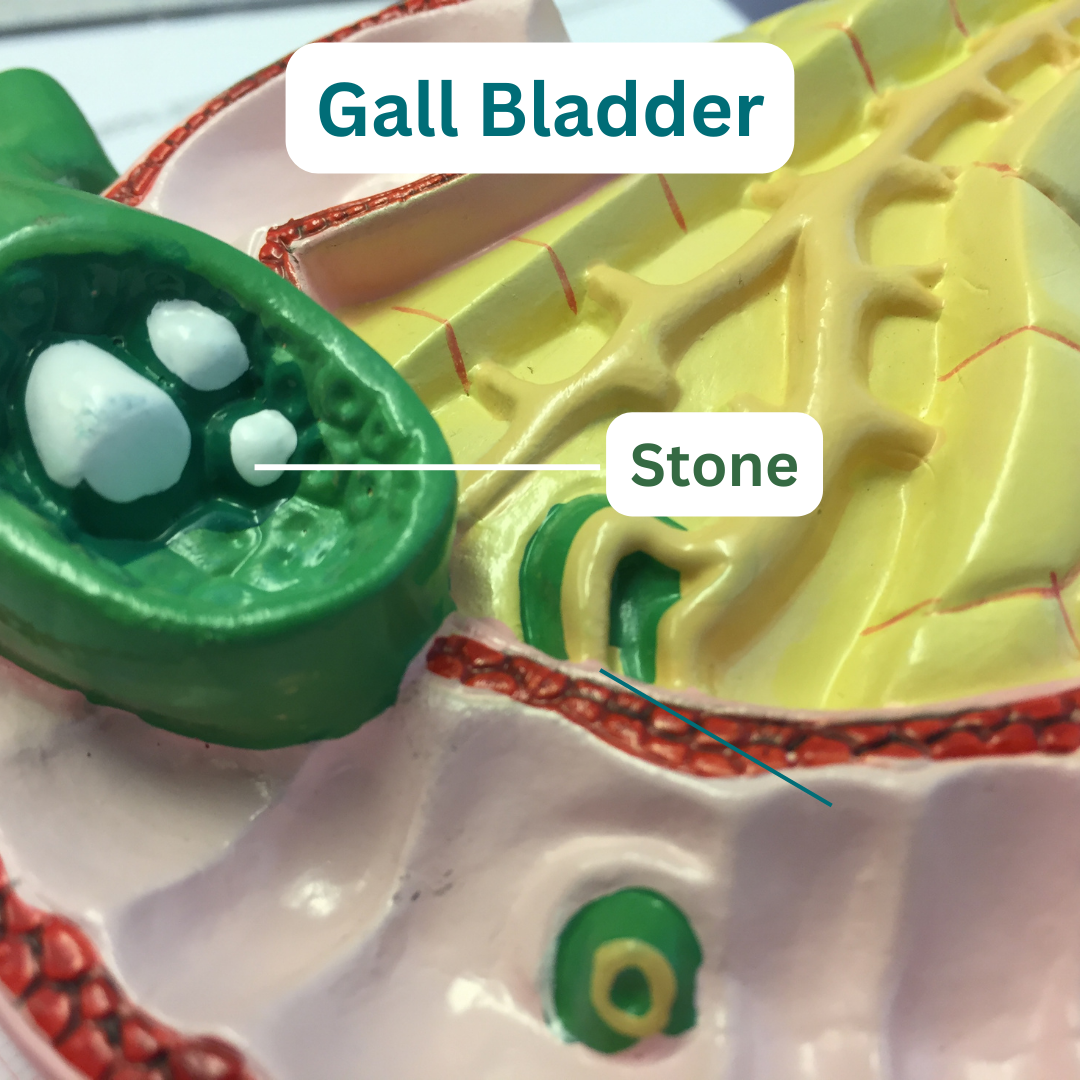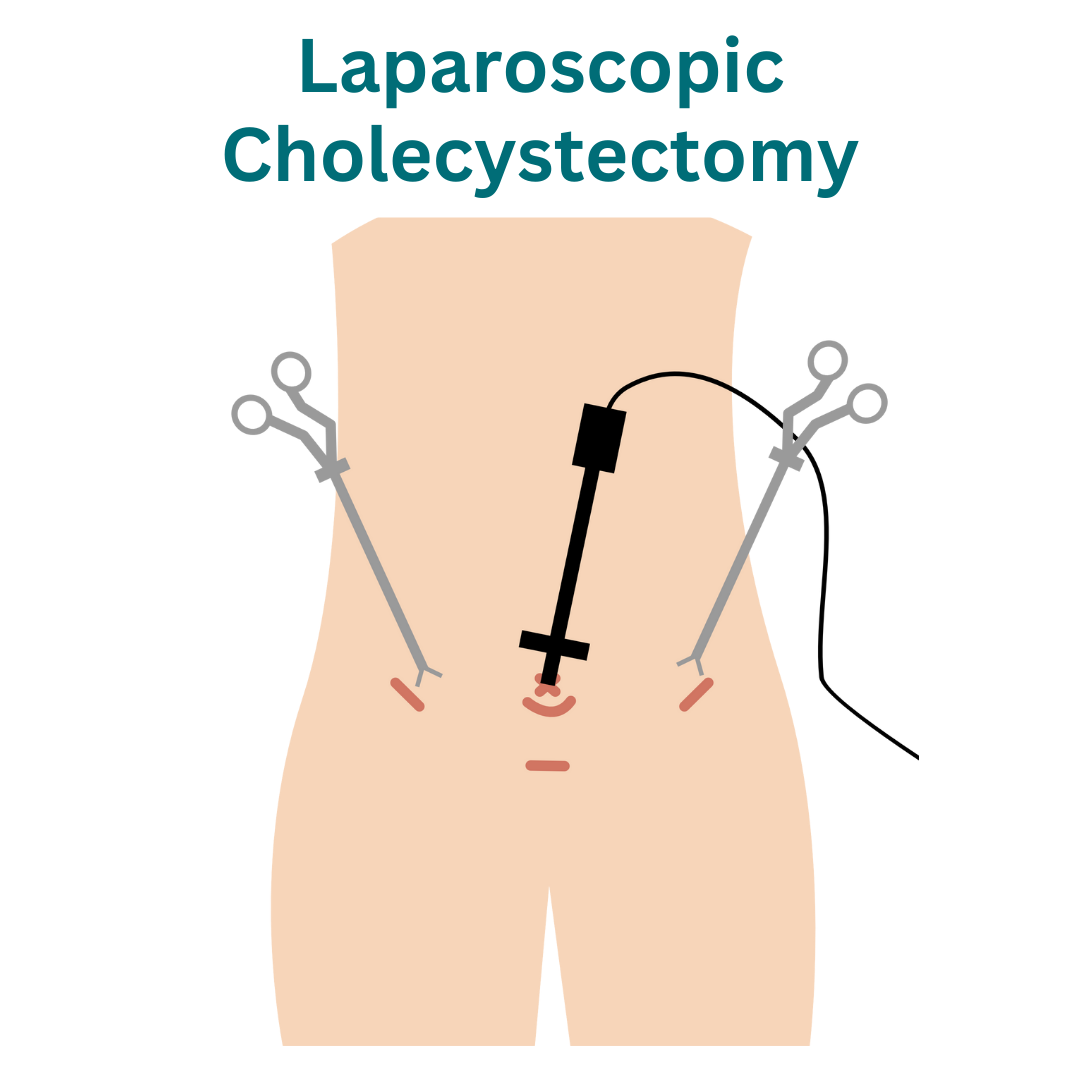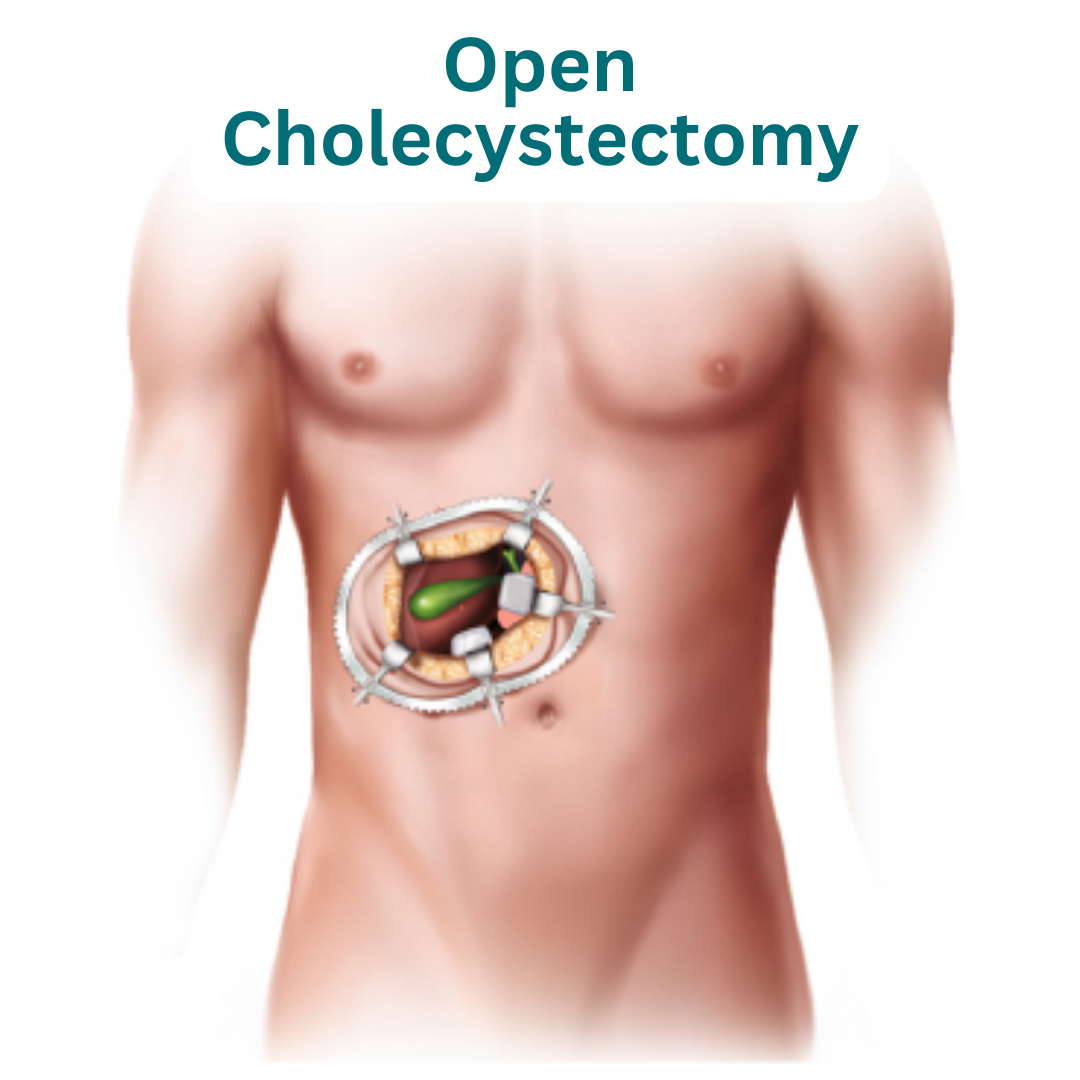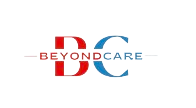Gall Bladder Stone
Experience unrivaled care: Gallstone treatment tailored to your needs, ensuring optimal health and well-being.

Types of Gallstones:
Cholesterol Stones:
These gallstones are primarily composed of cholesterol and are the most common type. They form when there is an imbalance in the components of bile, leading to crystallization and stone formation.
Pigment Stones:
Pigment gallstones are smaller and darker in color, typically forming from excess bilirubin in the bile. Conditions such as liver cirrhosis or blood disorders can contribute to their development.
Plan For Your Visit
Identification
Bring ID for registration and verification.
Recent Lab Results
Bring recent lab results for evaluation.
Questions
Prepare questions for your consultation.
Causes of Gallstones:
Generally these are the causes
- Your genes
- Your weight
- Problems in Gallbladder
- Diet
Here’s a breakdown of the causes of gallstones, distinguishing between cholesterol and pigment types:
Causes of Cholesterol Gallstones:
1. Cholesterol Imbalance: Excess cholesterol in bile can lead to crystallization and the formation of cholesterol gallstones.
2. Dietary Factors: Diets high in saturated fats and low in fiber increase the risk of cholesterol gallstone formation.
3. Obesity and Rapid Weight Loss: Obesity and sudden weight loss can alter bile composition, promoting gallstone formation.
Causes of Pigment Gallstones:
1. Bilirubin Excess: Elevated levels of bilirubin in bile can contribute to the formation of pigment gallstones, which are smaller and darker in color.
2. Liver Conditions: Liver cirrhosis and other liver disorders can disrupt bile metabolism, increasing the risk of pigment stone formation.
3. Blood Disorders: Conditions such as sickle cell anemia or hemolytic anemia can lead to increased bilirubin production, predisposing individuals to pigment gallstones.
Symptoms of Gallstones:
Certainly, here are the symptoms of gallstones.
Symptoms of Cholesterol Gallstones:
1. Biliary Colic: Intense, cramp-like pain in the upper abdomen or right side, often after a fatty meal.
2. Nausea and Vomiting: Accompanying the pain, individuals may experience nausea and vomiting.
3. Indigestion: Some may experience indigestion, bloating, or discomfort after eating fatty foods.
Symptoms of Pigment Gallstones:
1. Jaundice: Yellowing of the skin and whites of the eyes due to elevated levels of bilirubin in the blood.
2. Dark Urine: Bilirubin in the urine can cause it to appear dark or tea-colored.
3. Light-Colored Stools: Reduced bilirubin levels in the stool may lead to pale or clay-colored stools.
Diagnosis of Gallstones:
Diagnosing gallstones typically involves a combination of medical history review, physical examination, and diagnostic tests to confirm their presence and determine their characteristics. Here’s an overview of the diagnostic process:
1. Medical History and Physical Examination:
The doctor will inquire about symptoms, medical history, and risk factors associated with gallstones. A physical examination may reveal tenderness or discomfort in the abdomen, particularly in the upper right quadrant.
2. Laboratory Tests:
Blood tests may be conducted to assess liver function, pancreatic enzymes, and levels of bilirubin in the blood. Elevated liver enzymes or bilirubin levels can indicate bile duct obstruction or liver involvement.
3. Imaging Studies:
– Ultrasound: This non-invasive imaging technique uses sound waves to create images of the gallbladder and detect the presence of gallstones. It’s often the first-line investigation for suspected gallstone disease due to its accuracy and availability.
– CT Scan or MRI: In some cases, a computed tomography (CT) scan or magnetic resonance imaging (MRI) may be performed to evaluate the extent of gallstone-related complications or to visualize the bile ducts more comprehensively.
4. Endoscopic Retrograde Cholangiopancreatography (ERCP):
In cases where gallstones have migrated into the bile ducts, an ERCP may be recommended. This procedure combines endoscopy with X-ray imaging to identify and remove stones lodged in the bile ducts.
5. Cholescintigraphy (HIDA Scan):
This nuclear medicine imaging test involves injecting a radioactive tracer into the bloodstream, which is then taken up by the liver and excreted into the bile. The tracer’s movement is tracked using a gamma camera to assess gallbladder function and detect obstruction.
6. Endoscopic Ultrasound (EUS):
EUS combines endoscopy with ultrasound imaging to obtain detailed images of the gallbladder and bile ducts. It can help identify small gallstones or other abnormalities not visible on traditional ultrasound.
By utilizing these diagnostic approaches, healthcare providers can accurately diagnose gallstone disease, determine the type and size of stones, assess the extent of any complications, and tailor appropriate treatment plans to address the individual’s needs effectively.
Treatment of Gallstones:
Let’s start with an overview of the basics and types of gallstone treatment, followed by detailed explanations for each type:
Treatment of Gallstones: Basics and Types
Gallstone treatment aims to alleviate symptoms, prevent complications, and reduce the risk of recurrence. Depending on factors such as the type of gallstones, severity of symptoms, and overall health status, various treatment options may be considered:
1. Watchful Waiting: Asymptomatic gallstones may not require immediate intervention. In cases where gallstones are incidentally discovered and do not cause symptoms or complications, a “wait-and-see” approach, coupled with dietary modifications and regular monitoring, may be recommended.
2. Lifestyle Modifications: Adopting a healthy lifestyle, including a balanced diet rich in fiber and low in saturated fats, maintaining a healthy weight, and staying physically active, can help reduce the risk of gallstone formation and alleviate symptoms.
3. Medication: Certain medications, such as ursodeoxycholic acid (ursodiol), may be prescribed to dissolve cholesterol gallstones in select cases. However, this approach is typically reserved for small, cholesterol-rich stones and may require several months of treatment.
4. Surgical Intervention: When gallstones cause persistent symptoms, complications, or if they are large or numerous, surgical removal of the gallbladder (cholecystectomy) is often recommended. Cholecystectomy can be performed via traditional open surgery or minimally invasive laparoscopic techniques.

Laparoscopic cholecystectomy:
1. Lifestyle Modifications: Dietary changes, including reducing intake of high-fat foods and increasing fiber consumption, can help manage cholesterol gallstones by minimizing the production of cholesterol-rich bile.
2. Medication (Ursodiol): Ursodiol is a bile acid medication that can dissolve small cholesterol gallstones over time. It works by altering the composition of bile and promoting the breakdown of cholesterol deposits in the gallbladder.
3. Laparoscopic Cholecystectomy: For symptomatic or large cholesterol gallstones, surgical removal of the gallbladder via laparoscopic cholecystectomy is the definitive treatment. This minimally invasive procedure offers quicker recovery times and fewer complications compared to open surgery.

Open Cholecystectomy:
1. Endoscopic Retrograde Cholangiopancreatography (ERCP): ERCP may be utilized to remove pigment gallstones that have migrated into the bile ducts. During the procedure, a specialized endoscope is passed through the mouth and into the bile ducts, where stones can be extracted using various techniques.
2. Surgical Intervention: In cases where pigment gallstones are associated with underlying liver or blood disorders, addressing the underlying condition may be necessary to prevent recurrent stone formation. Surgical options, including cholecystectomy or bile duct exploration, may also be considered to remove stones and prevent complications.
3. Symptom Management: Treatment for pigment gallstones often focuses on managing symptoms and addressing complications such as jaundice or bile duct obstruction. This may involve supportive measures, such as pain management, nutritional support, and interventions to improve bile flow.
Open Cholecystectomy:
1. Endoscopic Retrograde Cholangiopancreatography (ERCP): ERCP may be utilized to remove pigment gallstones that have migrated into the bile ducts. During the procedure, a specialized endoscope is passed through the mouth and into the bile ducts, where stones can be extracted using various techniques.
2. Surgical Intervention: In cases where pigment gallstones are associated with underlying liver or blood disorders, addressing the underlying condition may be necessary to prevent recurrent stone formation. Surgical options, including cholecystectomy or bile duct exploration, may also be considered to remove stones and prevent complications.
3. Symptom Management: Treatment for pigment gallstones often focuses on managing symptoms and addressing complications such as jaundice or bile duct obstruction. This may involve supportive measures, such as pain management, nutritional support, and interventions to improve bile flow.

We’re Here Whenever You Need Us
Phone
+91-96177 41852
Open Hours
Mon & Fri: 09AM – 11 PM
Mon To Sat: 06PM – 08PM
Miracles Apollo Cradle Hospital
Vatika India Next, Plot No. 45, Sector 82, Gurugram, Haryana 122004
